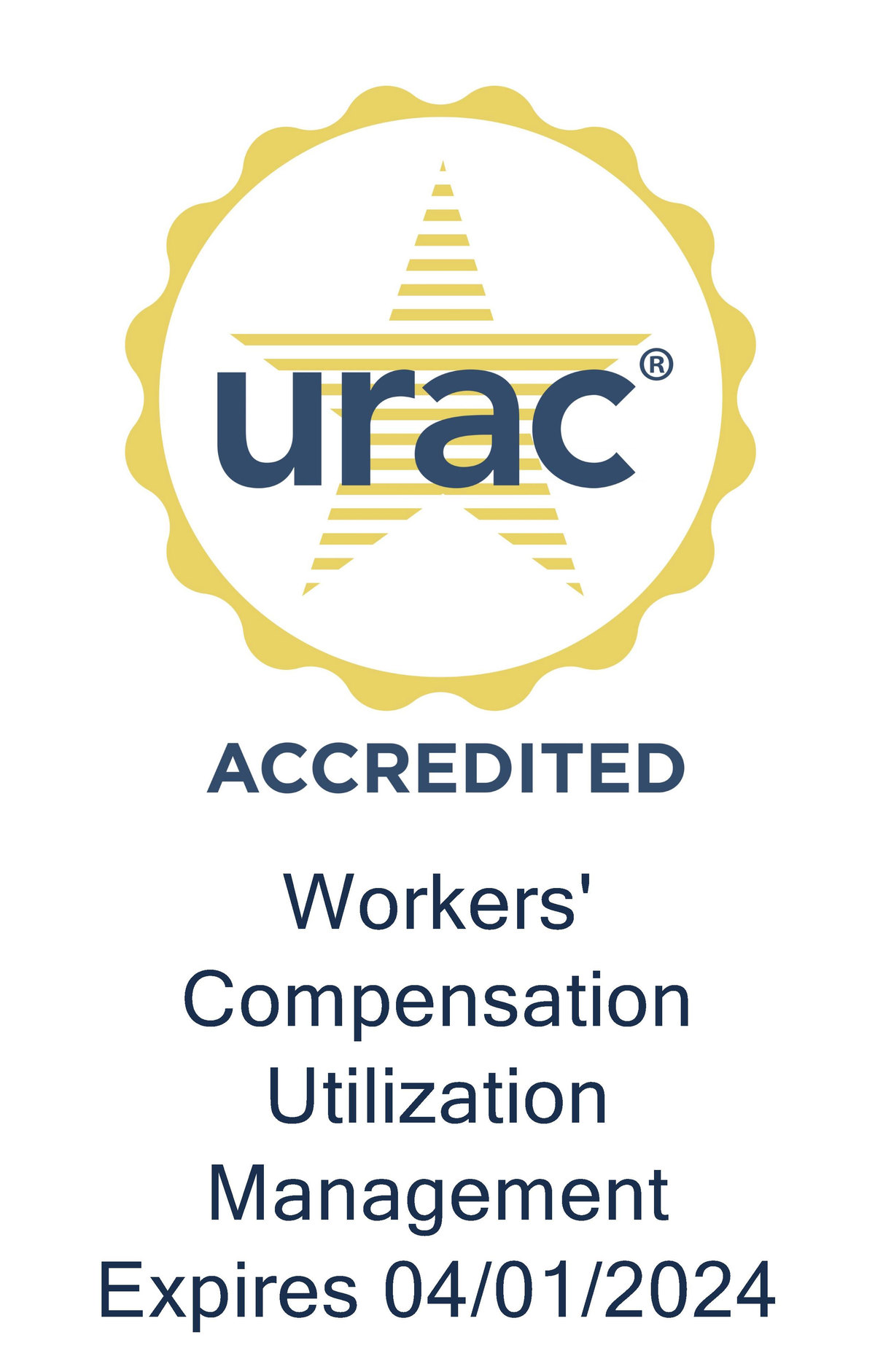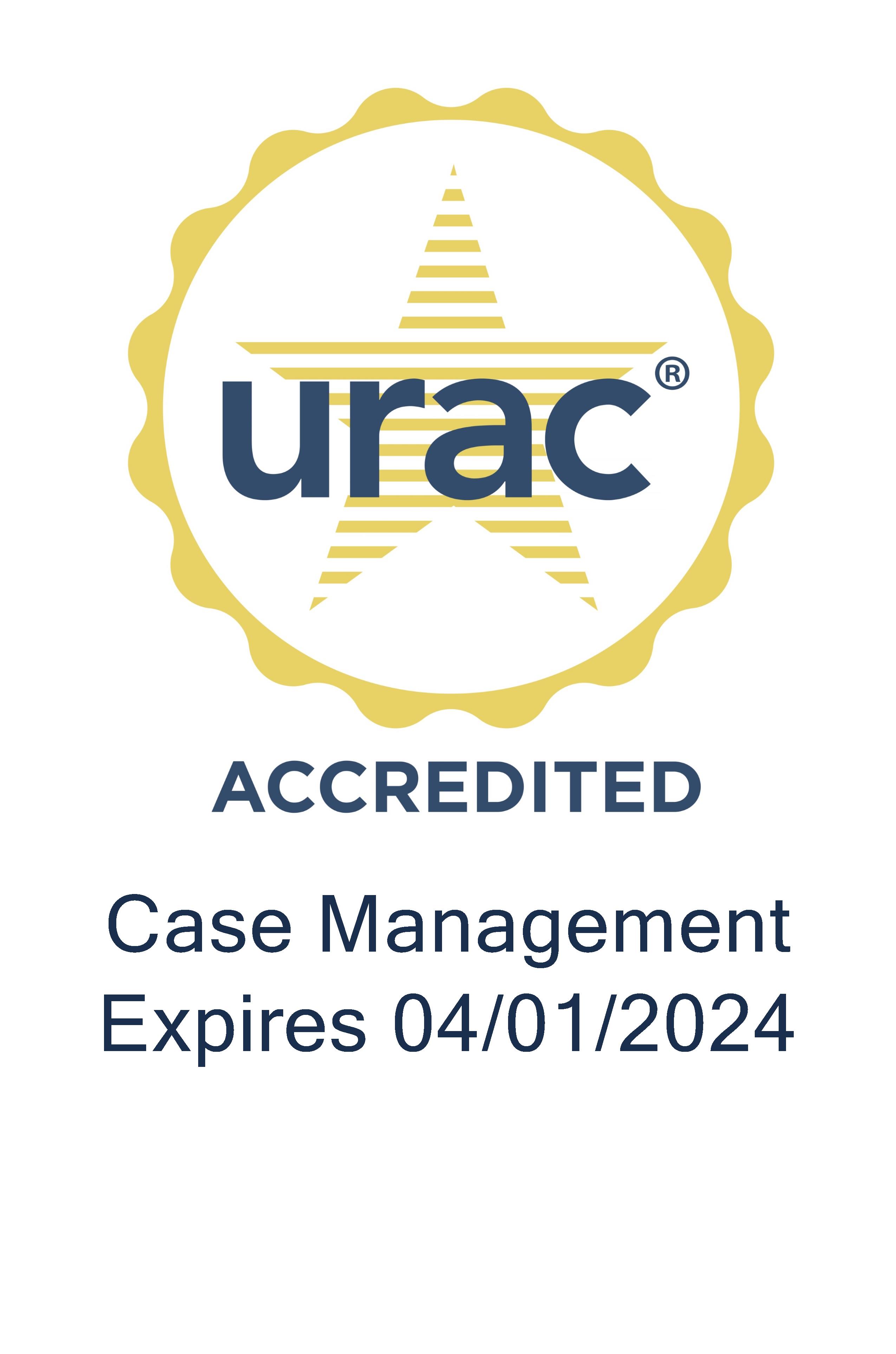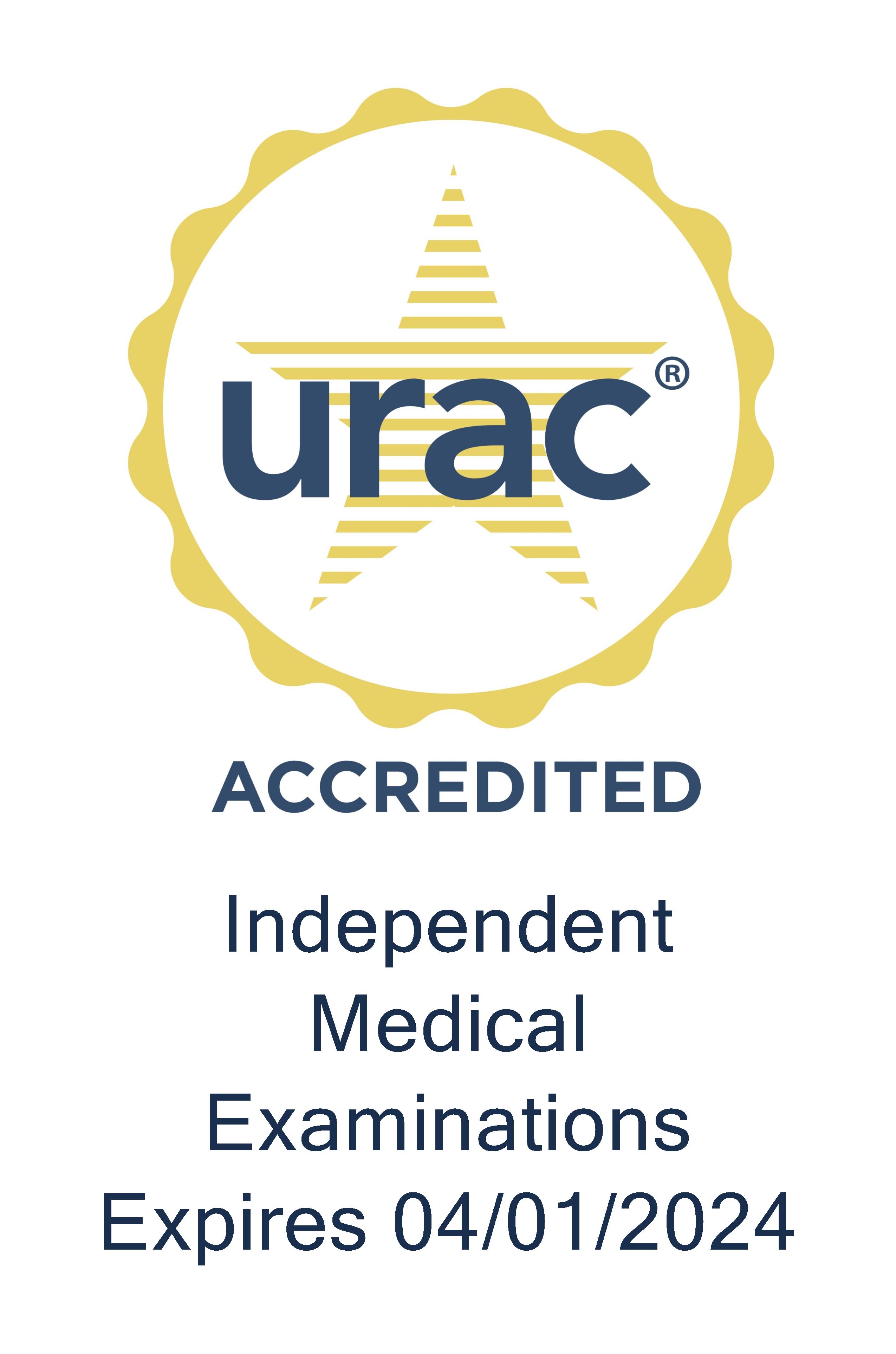Keep current with new legislation and its potential effect on your organization. This regulatory update is for informational purposes only, and provides some key highlights on state initiatives that may impact the services Genex provides.
The Workers Compensation Research Institute (WCRI) recently released a study, Hospital Outpatient Payment Index: Interstate Variations and Policy Analysis, 5th Edition, that compares hospital outpatient payments across states and monitors the impact of fee schedule reforms. According to the report, WCRI found that hospital outpatient payments per surgical episode varied significantly across states, ranging from 69 percent below the study-state median in New York to 142 percent above the study-state median in Alabama in 2014.
According to Optum, a health services company, there has been a notable increase in naloxone prescriptions this year in workers’ compensation. Anesthesiologists, physical medicine and rehabilitation (PMR) physicians, physician assistants, nurse practitioners and pain management specialists are writing the majority of naloxone prescriptions, which is consistent with prescribing patterns for opioid analgesics.
A recent study in Spine spotlights the challenges of treating low-back pain. According to the study physical therapy produced a clinically significant improvement in low-back pain for just 28.5% to 60% of patients. Concurrently, another study published in Neurosurgery, reported a spinal cord stimulator that uses high-frequency impulses provided better relief for patients with back or leg pain compared to traditional low-frequency spinal cord stimulation.
Aon recently released its survey on ergonomics in the workplace. The 2015 Safety Management Function: Current State of Ergonomics Programs found most employers use reactive approaches following workplace injuries and largely rely on lagging data such as OSHA incident rates to measure the success of their programs.
For the first time, the FDA has approved two devices designed to help assess a patient’s function following a suspected concussion or other brain injury. The Immediate Post-Concussion Assessment and Cognitive Testing (ImPACT) and ImPACT Pediatric are meant to test cognitive skills such as word memory, reaction time and word recognition, all of which could be affected by a head injury. The results are compared to an age-matched control database or to a patient’s pre-injury baseline scores, if available.
In other news, the FDA announced it will be requiring boxed warnings — the agency’s strongest warning — for nearly 400 opioid and benzodiazepine products, which pose serious risks if used together. The actions are part of the FDA's Opioid Action Plan, which focuses on policies aimed at reversing the prescription opioid abuse epidemic.
As a growing number of states adopt workers’ compensation drug formularies, the American College of Occupational and Environmental Medicine has released a position paper on formularies that includes a recommendation to pay physicians for time spent dealing with utilization review. The paper was authored by a six-member task force and released in August.
RGA Reinsurance Co., a subsidiary of Reinsurance Group of America, recently released a report identifying 183 high-cost specialty drugs costing greater than $50,000 annually or $7,000 monthly, based on wholesale acquisition costs. Of the drugs on the list, 69 percent cost more than $100,000 per year, and 26 percent of those cost more than $200,000 annually.
President Obama signed the Comprehensive Addiction and Recovery Act of 2016 into law July 25. This bill will authorize the attorney general and secretary of Health and Human Services to award grants to address the prescription opioid abuse and heroin use crisis.
Professional employer organizations now have an option to become certified by the Internal Revenue Service, a step that some say may become a factor in whether insurance companies will issue them large-deductible workers’ compensation policies. The IRS opened the application process for PEO certification on July 1.
According to a study by Johns Hopkins University, hospitals are setting prices for some services at more than 20 times their actual cost simply because they are in a position to do so. Authors of the study, published in Health Affairs, stated that markups for hospital services ranged from 1.8 for inpatient general care to 28.5 for a CT-scan and 23.5 for anesthesiology. Generally, the more complicated the procedure, the higher the markup, the authors wrote.
United Sates Department of Labor: OSHA penalties jump 78%. Beginning 8/1/2016 the Department of Labor (DOL) increased the maximum penalties associated with violations of The Occupational Safety and Health Administration (OSHA) by 78%, the first such increase since 1990. Any citations issued by OSHA on or after August 1, 2016 will be subject to the new penalties if the related violations occurred after November 2, 2015. In addition, OSHA will adjust penalties to inflation annually, but will have a cap of 150 percent of the existing penalty amount.
According to a July U.S Drug Enforcement Administration (DEA) report, counterfeit pills are fueling the U.S. Fentanyl and Opioid Crisis. Hundreds of thousands of counterfeit prescription pills, many containing deadly amounts of fentanyl and fentanyl-related compounds, have made their way into the U.S. drug market, according to a new DEA intelligence report. Law enforcement nationwide report higher fentanyl availability, as well as fentanyl-related seizures and overdose deaths than at any other time since the drug’s creation in 1959.
In other opioid-related news, a recent report shows that medical costs associated with opioid abuse and dependence diagnoses increased by more than 1,000% between 2011 and 2015. The study was conducted by Fair Health, a national nonprofit that analyzes health care costs.
Statewide
ARIZONA
The Industrial Commission of Arizona has adopted the ODG as the standard of reference for evidence-based guidelines. The final rules for the Medical Treatment Guidelines (MTG) are effective Oct. 1. The state has placed all the information regarding the MTGs on the Medical Resource Office page on the Industrial Commission of Arizona website.
CALIFORNIA
DWC Final Medical Treatment Utilization Schedule (MTUS) regulations along with the Opioid Treatment Guidelines are now in effect. The state posted its Newsline No. 2016-78 regarding the final version of the Medical Treatment Utilization Schedule (MTUS) on Aug. 12. These new rules apply to any treatment request on or after July 29.
Also, a new law signed by Gov. Brown on July 22, is changing how medical provider network (MPN) guideline reviews are conducted. Under SB 914, the American College of Occupational and Environmental Medicine’s treatment guidelines for network reviews have been replaced with the MTUS guidelines by the Division of Workers’ Compensation. MPN independent reviews are separate from the independent medical review process created by SB 863.
A July report by the California Department of Industrial Relations highlights savings for employers and increased benefits for employees due to reforms in SB 863.The authors also explore ways in which the administration is working to further reduce costs in the system.
Transforming the state’s workers’ comp system to a Resource Based Relative Value Scale (RBRVS) fee schedule for physician and non-physician medical services has resulted in a major shift in medical dollars flow, according to a new study by the California Workers’ Compensation Institute (CWCI). The authors of Fee Schedule on California Workers’ Comp Physician and Non-Physician Practitioner Service Payments report that primary care providers now get a bigger share of covered fees and specialists get less, as was the reformers intent. Another recent CWCI scorecard indicates that cumulative trauma and permanent disability claims are more frequent in Los Angeles than the rest of the state.
Lastly, in one of the first examples of a bundled payment system in workers’ compensation, California payers can now send injured workers to the University of California, Los Angeles, for up to six months of outpatient treatment for pain and addiction at a capped cost. Orthopedic surgeons in particular are taking note as bundled payments for hip and knee replacements are making inroads for Medicare patients.
WATCHLIST: Several bills were recently sent to Gov. Brown for approval. According to a recent CWCI report, California’s proposed Medical Treatment Utilization Schedule Drug Formulary rules would put more than a quarter of the drugs currently prescribed to injured workers on a “fast track.” The Division of Workers’ Compensation last week posted to its online forum draft rules to implement the formulary mandated by AB 1124. The bill requires the DWC to have the formulary in place by July 1, 2017. Under the proposed rules, drugs on the “non-preferred” list would have to go through prospective utilization review. Drugs not listed in the formulary would also be subject to prospective UR. Drugs on the “preferred” list could be prescribed without preauthorization, as long as the prescription is in accordance with recommendations in the Medical Treatment Utilization Schedule
Other bills passed by the state assembly and waiting governor signature are as follows:
- AB 1643. This bill would require the Division of Workers’ Compensation to reinstate the qualified medical evaluator designation for neuropsychologist. It would also mandate the impairment rating for breast cancer and its aftereffects to be the same as it is for prostate cancer. Under the American Medical Association’s Guides to the Evaluation of Permanent Impairment, the maximum rating for breast cancer is 5 percent if a woman is of child-bearing age and 0 percent if she is not, according to bill supporters. The rating for prostate cancer ranges from 16-20 percent.
- SB 1160 would crack down on lien filers and prohibit utilization review for certain treatments provided by medical provider network doctors within the first 30 days of an injury.
- AB 1244 would require the DWC to suspend providers who are convicted of crimes relating to the practice of medicine. Providers who are convicted would not be allowed to seek payment for services provided to injured workers, which would include pursuing liens that have already been filed.
Gov. Brown has until the end of September to sign or veto SB 1160 and AB 1244 or allow them to become law without his signature.
COLORADO
State Department of Labor and Employment officials have posted adopted Workers’ Compensation Rules 1, 5, 6, 7, 8, and 9. The rules go in effect Sept. 14, and cover a multitude of workers’ compensation regulations, including filing procedures for workers’ comp and issuing modifications for temporary disability benefits. The state has also revised its WC 197 form regarding change of physician requests.
WATCHLIST: Amendment 69: According to a recent article in WorkCompCentral, workers' compensation insurers are fighting Colorado's single-payer health care proposal, claiming that return-to-work delays will increase if insurers can no longer direct injured workers to approved physician networks. However, proponents of the state's ColoradoCare initiative, a measure on the Nov. 8 ballot that would do away with insurer-approved networks and allow patients to choose their own doctors, argue that insurers are using the RTW delay claim to protect their own interests.
ILLINOIS
WATCHLIST: An Illinois free-market-oriented think tank has added its voice of support to the opt-out movement. According to the Illinois Policy Institute, the state’s traditional workers' compensation system continues to be too expensive, and favors trial attorneys and doctors over-injured workers and employers. They cite as example extended-release tramadol hydrochloride, an opioid analgesic, which had previously been dispensed in 50mg pills billed at $1.01 per pill. Today, that medication is dispensed in150mg quantities for $10.43 a pill — a 300 percent higher dosage with a cost increase of more than 1,000 percent.
KENTUCKY
WATCHLIST: The Kentucky Department of Workers' Claims has adopted rule amendments to support implementation of a litigation management system that will allow parties to file and manage cases electronically using web-based forms. Kentucky Administrative Rule 25:010 specifies the type of forms that must be used to file documents electronically and revises procedures for adjusting claims. In most cases, pleadings, motions, orders and other documents must be filed electronically after July 1, 2017, although the department created an exception allowing parties who are self-represented to continue using paper documents.
MONTANA
WATCHLIST: The Montana Department of Labor and Industry is proposing a rules revision of medical treatment guidelines to facilitate easier updates in the future. Currently, the department’s guidelines are based on those used in Colorado’s workers’ compensation system. The initiative calls for adoption of similar changes made in Colorado and procedures allowing Montana to more easily adopt Colorado’s guidelines updates in the future.
NEW MEXICO
WATCHLIST: The state posted a proposed update to Rule 7, Payment for Health Care Services. The proposed update includes new peer-group utilization review and services rules. It is expected to become effective Sept. 30.
NEW YORK
The New York State Workers' Compensation Board is implementing a web-based medical portal to enable users to submit medical information electronically. The first phase will allow for the electronic submission of medical authorization treatment requests, enable users to check request status in real time and receive a notification when a status changes.
OKLAHOMA
On Sept. 13, the Oklahoma Supreme Court deemed the 'Opt-Out Act' unconstitutional and struck down the Oklahoma Employee Injury Benefit Act in its entirety. In a 7-2 ruling, the court decided the act created a special law for the “impermissible, unequal, disparate treatment of a select group of injured workers.”
Also, the Oklahoma Workers' Compensation Commission adopted rules effective Sept. 12 that establish an appeals process when drugs are excluded by the state's closed formulary. The initiative also limits the number of drug tests allowed for patients using controlled substances and establish a $200 fee when claimants miss medical evaluation appointments. The adopted rules amend language in four chapters of the commission's regulations relating to general information, practice and procedure, medical services and self-insurance, according to the Oklahoma Administrative Register. One of the more substantial changes is an amendment to Title 810, Chapter 15-5-3, which allows a claimant or prescribing physician to appeal a reimbursement denial for a drug not included in the state's closed formulary by filing a medical necessity statement and requesting a hearing before an administrative law judge, if necessary. A change to 810:15-7 states that one presumptive drug test is allowable at each office visit for chronic pain management, and definitive drug tests following a suspected abnormality are limited to 40 per year.
OHIO
The Special Investigations Department Fiscal Year 2016 Annual Report was recently released, and includes an overview of statistics and strategies for preventing and detecting fraud. The Ohio BWC State Insurance Fund (SID) recently identified $56.6 Million in savings over the last year due to workers’ compensation fraud committed by claimants, employers and medical providers. Recovered funds will go back to the State Insurance Fund to care for the state’s injured workers.
WATCHLIST: The Ohio Bureau of Workers’ Compensation is proposing a new opioid prescribing rule under the Ohio Administrative Code. It’s also planning to amend rules governing provider decertification procedures and create pharmacy and therapeutics and stakeholders' health care quality assurance advisory committees. If adopted, the rules would be effective Oct. 1.
OREGON
The Oregon Workers’ Compensation Division announced its raising the maximum medical costs employers are allowed to reimburse carriers from $1,900 per patient to $2,000 in 2017. Employers can pay carriers for medical costs on each claim up to the threshold set by the Workers’ Compensation Division to avoid increases in their experience rating modifications and the corresponding increases in premiums. Carriers are required to exclude the reimbursements from the employer’s experience rating. The $2,000 cap will apply for dates of injury on or after Jan. 1, 2017. Caps for earlier injury dates are included in Bulletin No. 345.
Pennsylvania
WATCHLIST: A bill targeting “silent PPOs” has stalled for seven months in the Pennsylvania General Assembly. Proposed on behalf of the Pennsylvania Orthopaedic Society, HB 1141 faces strong opposition. The group says its members have taken financial hits because of third parties that discounted their reimbursements without their knowledge. The Workers’ Compensation Advisory Council voted unanimously in July to oppose the bill.
TENNESSEE
The National Council on Compensation Insurance (NCCI) recently announced Tennessee workers' compensation rates had dropped 2.7 percent at the end of August, and are expected to further decrease next year by 12.8 percent for the voluntary market, and 10.7 percent for the assigned risk market. According to WorkCompCentral, state regulators are crediting the sweeping 2013 reforms for the dramatic changes. The proposed rate decreases take effect March 1, 2017, and follow a 2.7 percent decrease that recently took effect due to a "law-only" filing by NCCI that projected savings from implementation of a closed drug formulary. Tennessee SB 200 and HB 194 reflect the most significant, far-reaching revision of the workers’ compensation law in the state since the original act was passed in 1919.
Also, the Tennessee Bureau of Workers' Compensation has adopted/revised case management rules that became effective Aug. 29. SB 1880 requires case managers used by insurers and employers to be registered with the bureau and comply with ethical guidelines. The rules also spell out minimum education requirements for case managers, require at least four hours of continuing education annually and create a certification process. The bureau has posted a complete list of revised rules as well as answers to frequently asked questions.
TEXAS
The Texas Division of Workers’ Compensation has recently approved a revised return-to-work audit plan to monitor insurance carriers and health care providers identified as poor performers from an assessment made last year under the Performance-Based Oversight program. The audit will target health care providers who were lax on documentation supporting why injured workers were prevented from returning to the job as reported on DWC Form-073, Work Status Report.
Also, the Texas Department of Insurance Workers’ Compensation Research and Evaluation Group recently reported the number of “N” drugs prescribed in workers’ compensation claims in Texas has plummeted by 92 percent over the past six years, according to newly released data, in what some are calling the combined effect of medical treatment guidelines and a prescription drug formulary. The report indicates the number of “other” drugs — defined as either those with “Y” status, for which preauthorization is not required, or those not identified with a National Drug Code — has also fallen 26 percent over the same period.
WATCHLIST: In August, the Texas Division of Workers’ Compensation (DWC) proposed a 33 percent attorney fee hike with a $20 million estimated cost. A DWC analysis showed the rules change is expected to add $20 million to annual legal costs, but if attorneys take advantage of the new maximums and start billing at the maximum hours allowed in legal service guidelines, the extra cost could reach $50 million.






